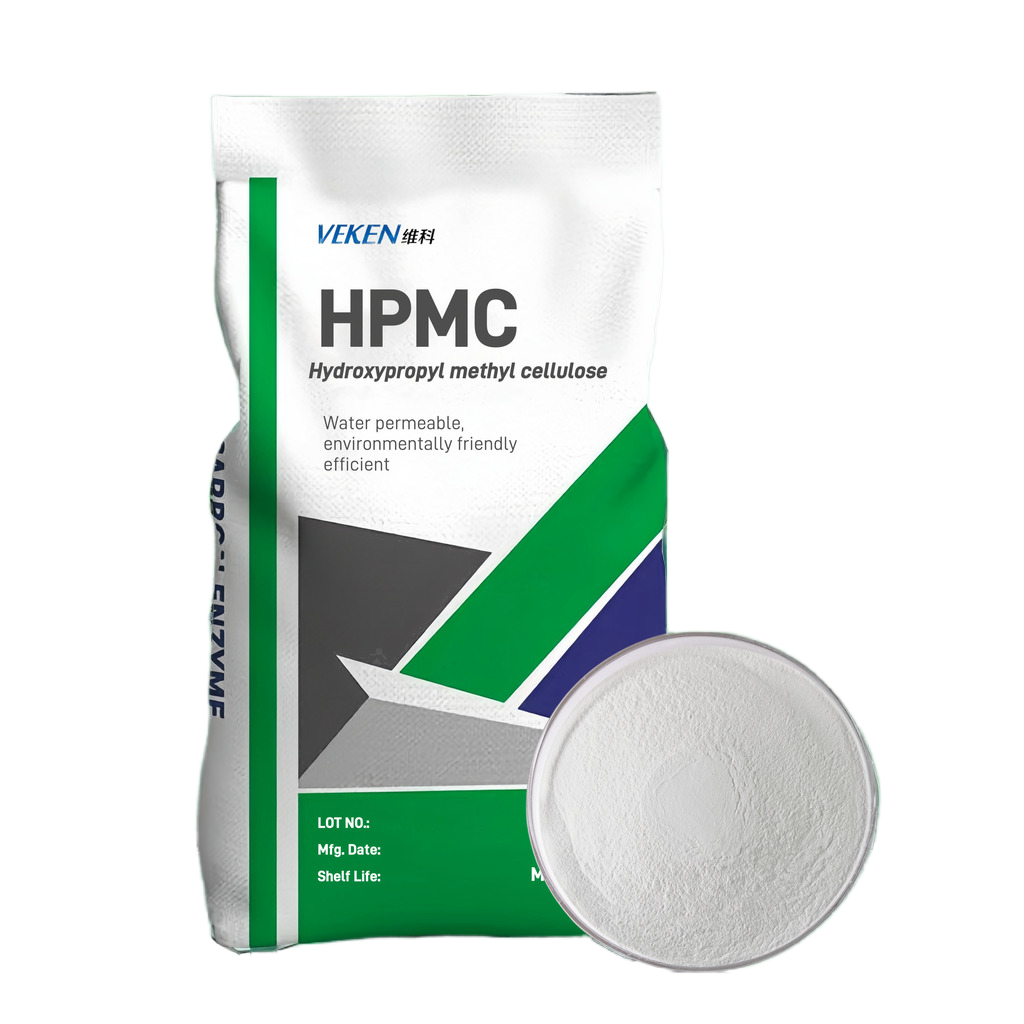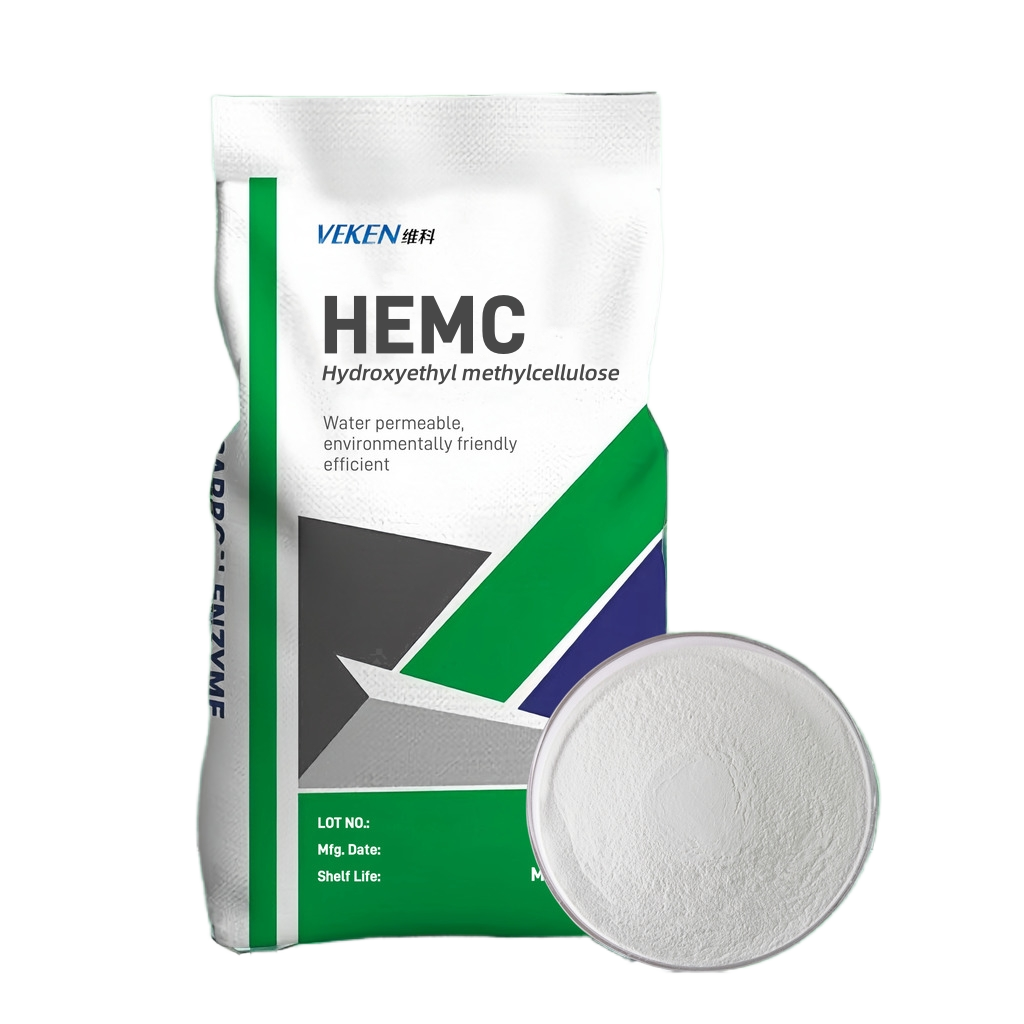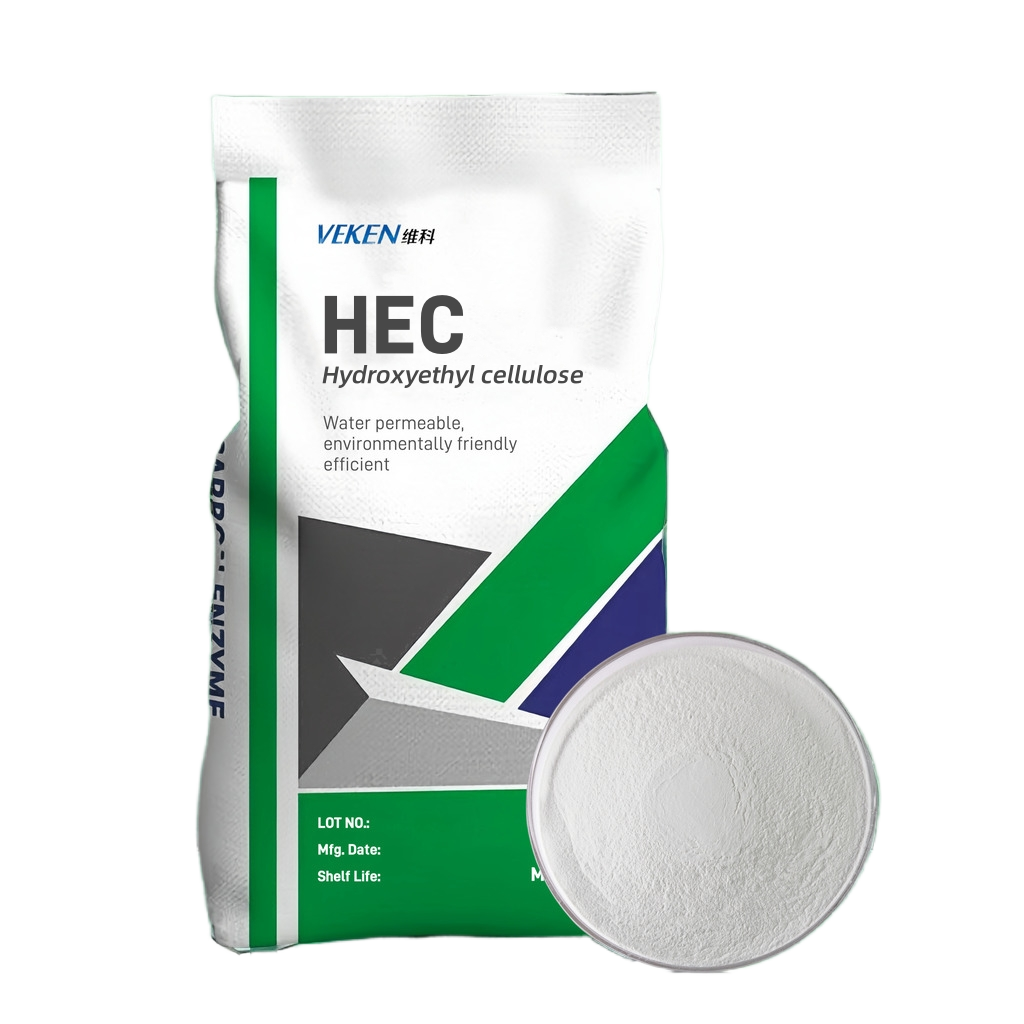Hydroxyethylcellulose (HEC) and hydroxypropylmethylcellulose (HPMC) are two cellulose derivatives widely used in pharmaceutical, cosmetic, food and other industries. Although they are both cellulose derivatives, there are some important differences between them. This article will explore the differences between the two substances, including their chemical structure, physical properties, application areas, and market availability.
1. Chemical structure and properties
Hydroxyethylcellulose (HEC) is a non-ionic cellulose derivative whose chemical structure is the introduction of hydroxyethyl groups on the glucose units of natural cellulose. HEC has good water solubility and is insoluble in organic solvents. In addition, HEC also has low film-forming properties and viscosity, which gives it unique advantages in certain application areas.
Hydroxypropylmethylcellulose (HPMC) is also a non-ionic cellulose derivative, but unlike HEC, it introduces hydroxypropyl and methyl groups on the glucose units of natural cellulose. This gives HPMC a higher degree of substitution, resulting in better thickening and film-forming properties. HPMC has good solubility in water and is resistant to enzymatic degradation, making it more advantageous than HEC in certain applications.
2. Application fields
Hydroxyethyl cellulose (HEC) is widely used in pharmaceutical, cosmetic, food and other industries due to its good water solubility and low viscosity. In the pharmaceutical industry, HEC is often used to prepare sustained-release drugs and drug delivery systems. In the cosmetics industry, HEC is used as an emulsifier, stabilizer and humectant. In the food industry, HEC is used as a thickener, stabilizer and emulsifier.
Hydroxypropyl methylcellulose (HPMC) is mainly used in the pharmaceutical, cosmetic and construction industries due to its high degree of substitution, good water solubility and better thickening and film-forming properties. In the pharmaceutical industry, HPMC is often used to prepare sustained-release drugs and drug delivery systems. Like HEC, it is also used as an emulsifier and stabilizer. In the construction industry, HPMC is used as a thickener and water-retaining agent in concrete additives and cement mixtures.
3. Market supply
Both hydroxyethyl cellulose (HEC) and hydroxypropyl methyl cellulose (HPMC) can be purchased from multiple suppliers in the market. However, due to different production processes and raw materials, products from different suppliers may differ in chemical composition, molecular weight distribution, degree of substitution and other physical properties. Therefore, when purchasing these products, customers should consider choosing suppliers with good reputation and stable quality.
IV. Conclusion
Hydroxyethylcellulose (HEC) and hydroxypropylmethylcellulose (HPMC) are both non-ionic cellulose derivatives, but they have obvious differences in chemical structure, physical properties, application areas and market supply. The correct selection and use of these products is essential to meet the needs of specific applications. Therefore, when purchasing these products, customers should carefully consider their specific needs and application requirements and choose suitable products and suppliers.







